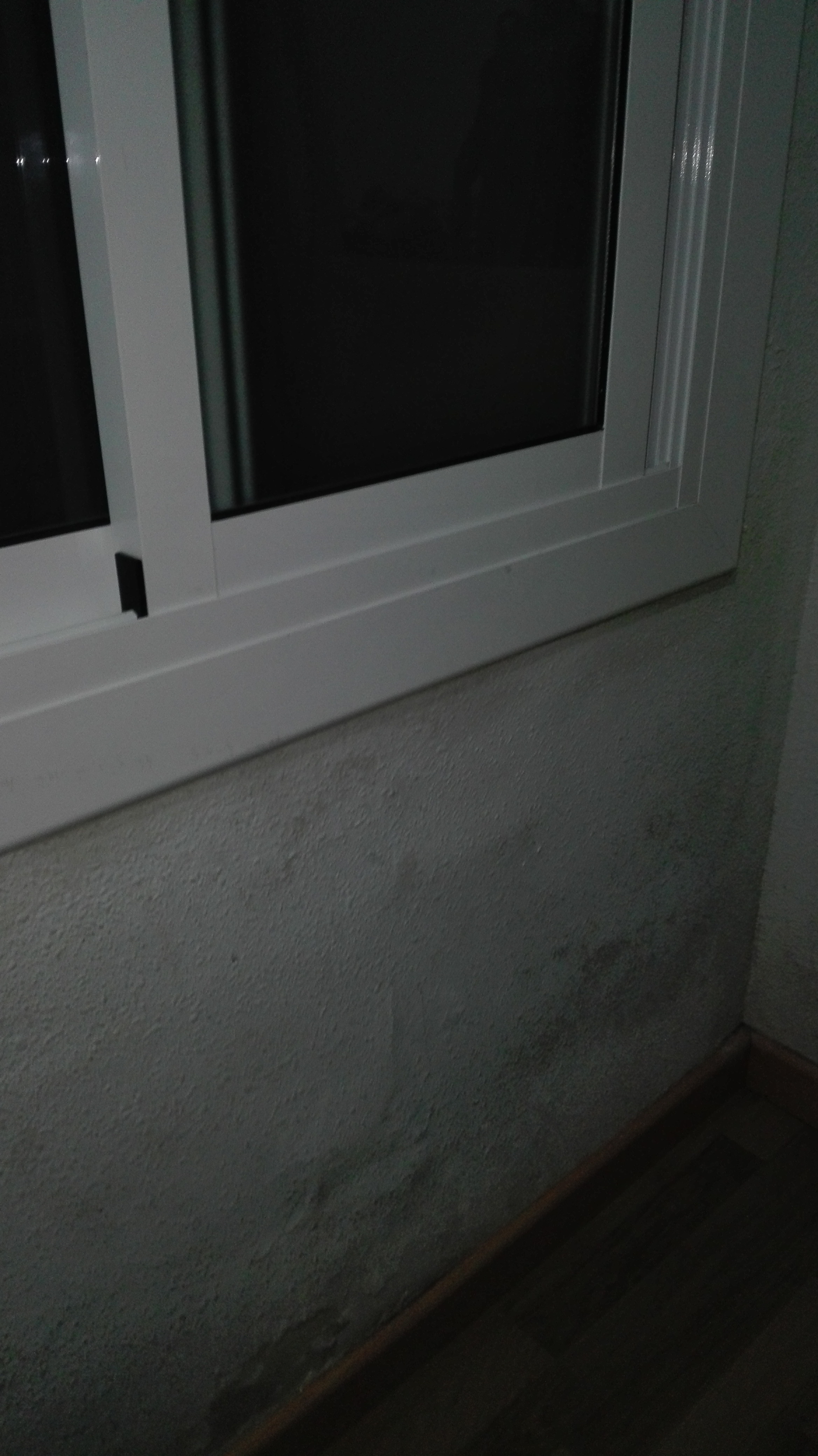1. WHAT ARE CAPILLARITY MOISTURES?
Water found naturally in the ground always tries to expand.
It is the water that we have under our building that will look for the small holes or pores that are in the concrete or brick from which the foundations of the building are made to move and try to rise upwards. When the water manages to penetrate through the pores of the foundations of the building, it ends up reaching the bases of the walls and that is when it begins to slowly ascend our walls, the first symptoms that our building suffers from dampness due to capillarity appear.

Old buildings are the most susceptible to this type of humidity, this is because it was not until a few decades ago that protection systems against capillarity began to be implemented in construction.
& nbsp;
Consequences of humidity by capillarity:
- Damage to the walls, stains, falling of the finishing material, presence of saltpeter,
- Faults in the electrical installation.
- Weakened walls and foundations
- Proliferation of respiratory diseases among the occupants of the dwellings.
- Increase in heating bills.
& nbsp;
2. HOW CAN WE DETECT IT?
This type of humidity usually occurs on walls or ground floor walls producing a continuous and homogeneous spot of humidity from the ground that can reach heights between 1 meter and 1.5 meters high. Normally the stain of humidity is accompanied by the detachment and deterioration of the finishing material of the walls, generally plaster. In some cases you can also find glassy white spots. These stains are mineral salts that are in the subsoil or in the materials with which the walls are built, the salts are dragged by the water in its process of ascent through the pores and when evaporating it leaves the crystallized saline residues.
Next, we show you examples of humidity by capillarity found during the ITE’s inspections that we have carried out in the metropolitan area of Barcelona.
Capillary humidity found during ITE in Sant Feliu de Llobregat.

In this image you can see how the water has reached a height of approximately 90cm, causing stains and deterioration in the finishing paint of the wall finish, inside a ground floor house.
Capillary humidity found during ITE in Cornellà de Llobregat.

Here it can be seen how the humidity by capillarity can cause the finish material to fall when the walls, in which once the humidity has been detected, are not treated.
Capillary humidity found during ITE in Barcelona.
 Capillarity moisture affecting wall cladding [/ caption]
Capillarity moisture affecting wall cladding [/ caption]
This image shows how moisture by capillarity can affect the exterior of the facades or the walls of the light patios, in the cases in which these are not treated.
3. What can we do to eliminate moisture by capillarity?
There are many possible actions when it comes to combating damp by capillarity in affected buildings, the most common are the following:
Injection of resins.
Holes are drilled in the walls in contact with the ground and an impermeable material such as rubber or zinc is introduced through a drill. This material creates an impermeable layer that prevents the water from rising beyond the height at which the holes have been made. This process does not remove moisture from the foundations of the building, but it does prevent it from causing damage to homes or common areas.

Ventilated air chamber inside the walls.
A second layer is built to the wall, leaving a space as an air chamber between the existing wall and the new layer. This chamber must be ventilated with openings in the lower area and in the upper area of the wall, thus generating a current of air that constantly travels the wall and “drying” the humidity that is in it. This system does not completely eliminate moisture by capillarity, but it can reduce it so that it does not damage the walls.

Electroosmosis:
This system is based on the movement of water molecules when generated by an electric field through the inclusion of charged electrodes with differential potential. This generates a movement of electric current that circulates from the walls towards the ground, dragging the water molecules inside the walls towards the ground with it.
There are two electroosmosis application systems, passive and active.
Passive electroosmosis.
This is the most widely used application in electroosmosis, a continuous opening is made in the lower area of the affected walls and a continuous electrode is installed on the walls, these are connected to the ground by means of polarized rods.

Este sistema permite frenar y reducir las humedades por capilaridad en los muros aunque la afectación en los cimientos es de forma reducida.
Active electroosmosis.
The active application consists in the installation of nodes in the walls, these nodes are connected to the electrical network and emit pulses every few microsecond, thus generating a continuous electrical current that drags the water molecules from the walls and the foundation towards the ground.
Electroosmosis activates an effective system that can be applied with minimal renovation works, but it should be noted that, although the cost of electrical energy is small, it does exist.

This system considerably reduces humidity caused by capillarity of walls and foundations.
Horizontal waterproof barrier:
Cuts are made in the bases of the wall to introduce a membrane of waterproof material, usually PVC. The introduced membrane completely prevents the ascent of the water molecules through the capillaries of the walls.
This system is undoubtedly the most effective in preventing capillary moisture.

The horizontal vapor barrier installation process is usually somewhat slower and more expensive because the cuts at the base of the wall must be made in phases, thus avoiding cutting the wall section completely.















Leave A Comment